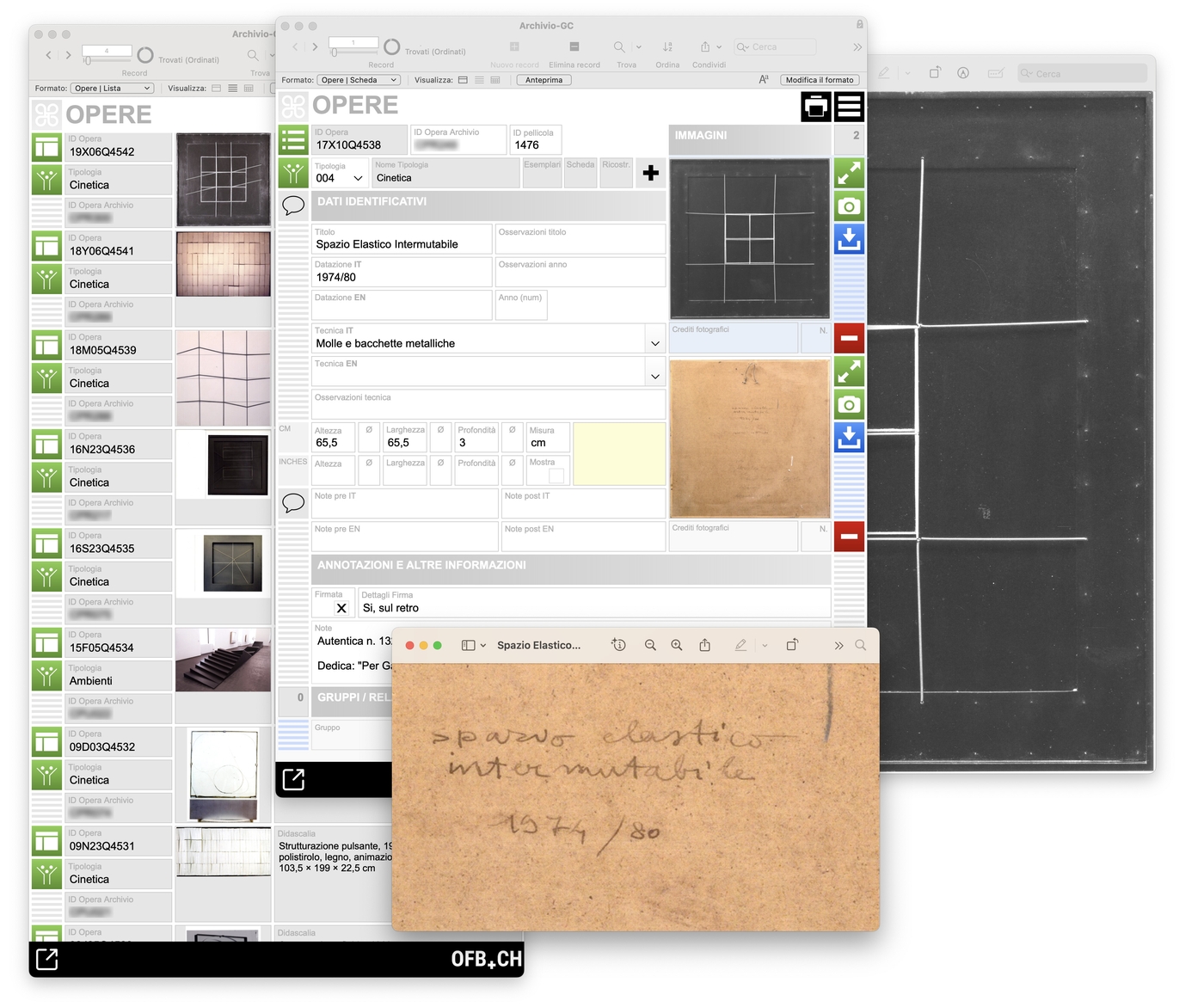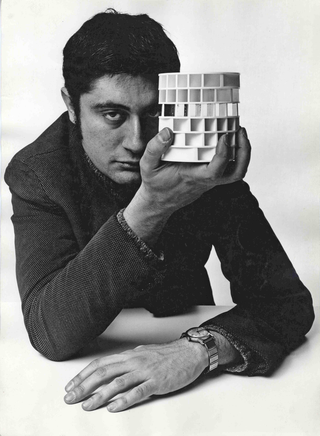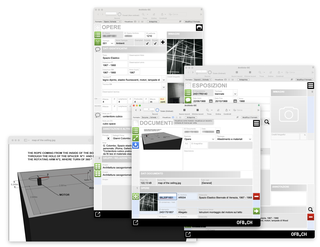Gianni Colombo was an Italian artist known for his contribution to kinetic and programmed art.
Founder of Group T in the 1950s, he explored the movement, perception and interaction of the public with works of art. Colombo created installations and immersive environments that directly engage the viewer, often altering physical space or creating optical illusions. His research into the interaction between space, light and movement has had a significant impact on contemporary art.
The Gianni Colombo Archive is configured as an active device, a 'memory machine' that preserves and amplifies the artist's complex oeuvre. With a dynamic approach, the archive collects traces, fragments, notes, projects and works, documenting Colombo's tireless exploration into the realm of interactivity and sensory involvement.



Contatti
info@officinebit.ch